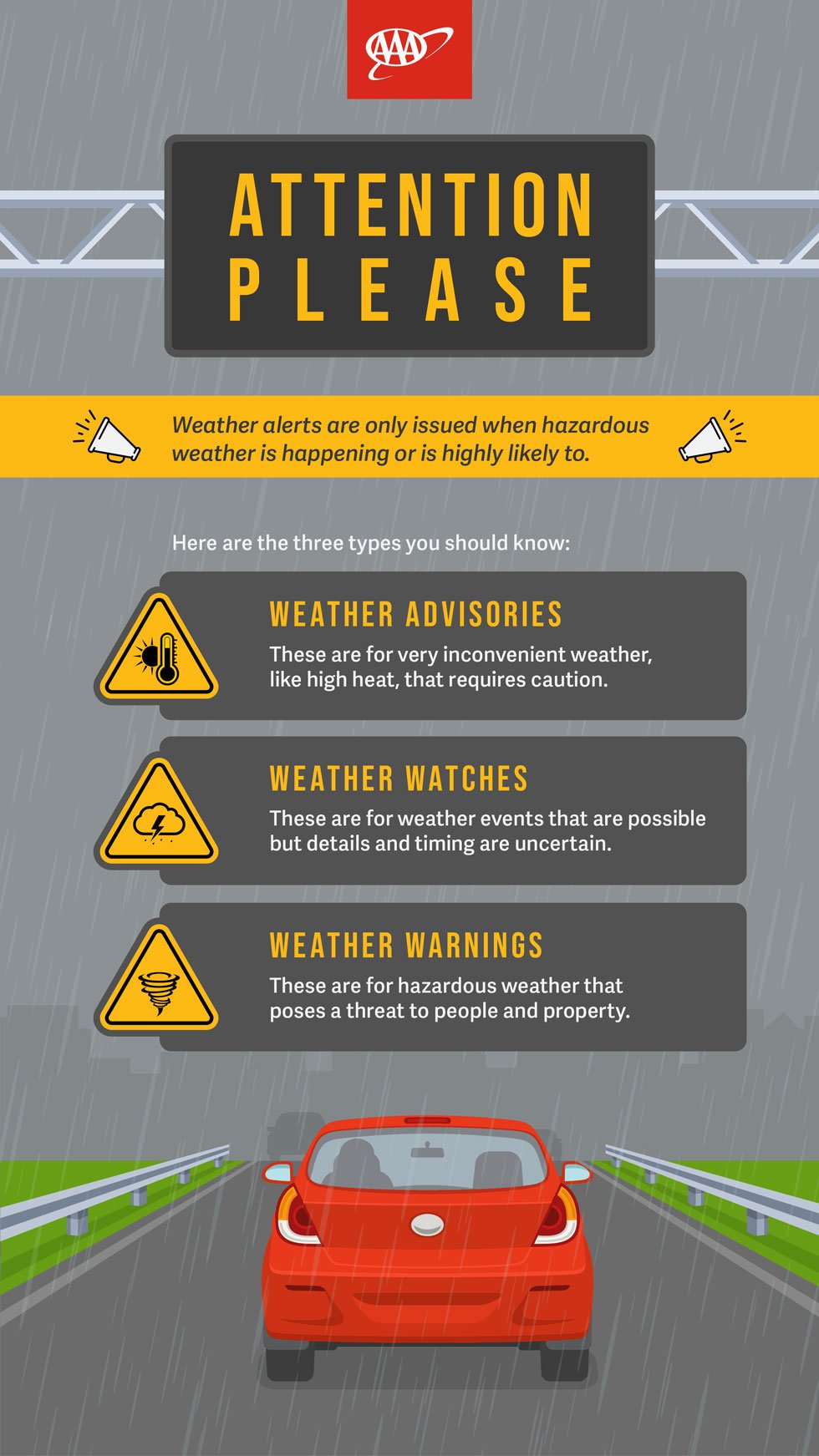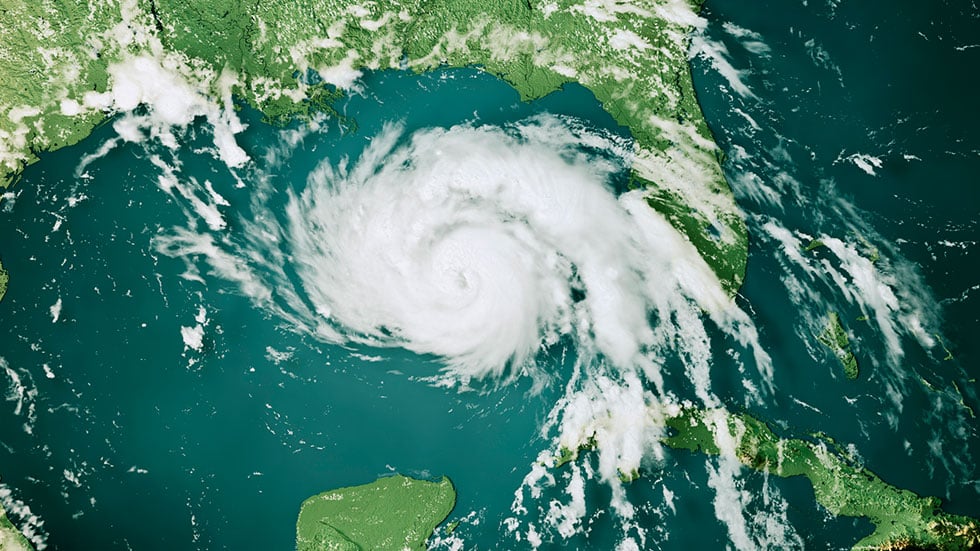What Weather Alerts Really Mean
When to take action on watches, warnings, and weather advisories from the National Weather Service


You've scheduled your outdoor event, invited your guests, you're all set. Two days out, Mother Nature throws a wrench in your plans with a possibility of severe weather on your big day.
Should you cancel? The annoying answer is: it depends.
Weather has the unique capability to complement—or crush—even the best planner's event. But don't bag your plans just yet.
Watch, warning, or advisory: What's the difference?
The National Weather Service issues all weather alerts—watches, warnings, and advisories. Here's what each means:- A watch indicates hazardous weather (like damaging storms) or hydrologic events (like a flash flood) are possible, but details on timing and location remain uncertain. For example, a Severe Thunderstorm Watch means the conditions are ripe for severe storms to develop, but they haven’t formed yet.
- A warning is issued when unsafe weather is happening or likely to happen. Warnings mean weather conditions pose a threat to life or property and people in the area need to take protective action. A Tornado Warning, for instance, means a tornado has been spotted or indicated on National Weather Service radar, so you should take cover immediately.
- Advisories are for less serious conditions. Think of weather that causes significant inconvenience, like excessive heat or particularly strong wind. A weather advisory means you should exercise caution because these events could lead to situations that may threaten life or property.
How much lead time will you get?
Weather alerts are issued days in advance to as little as minutes. It gets tricky since specific types of weather plus variables in time and distance affect how it's forecasted and how early you'll receive an alert about it.

General rule of thumb
- Weather forecasters won't issue alerts without enough confidence that hazardous weather will, in fact, occur.
- The larger and slower the system, the more lead time you'll most likely get. Forecasters rely more heavily on computer-based weather models and statistics to predict big storms that cover a large amount of real estate—think Nor'easters or hurricanes. This means they can issue alerts a lot sooner, often days in advance.
- Smaller scale events like severe thunderstorms or flash flooding develop much more quickly. Watches and advisories may be issued several days in advance, but warnings often come with far less lead time, anywhere from a few hours to as little as a few minutes.
- Weather can truly be dangerous, so don't shrug it off. Sure, forecasters get it wrong sometimes. But a healthy blend of caution and awareness is your best approach.
Three tips
Check a trusted weather source on a regular basis so you know what's coming. Weather forecasts are always being tweaked and adjusted, so if dicey weather is on the horizon, check back for updates.
The NWS always issues specifics and detailed impacts with every alert they issue. It's wise to read this info.
Before you choose to cancel, postpone or carry on with outdoor plans, consider a few things. How severe is the threat? What are the specific impacts? How long will it last? A major blizzard is usually worth canceling over. A short burst of storms may lead you to postpone your time outside. Excessive sweltering heat may mean you go with an indoor backup plan.
Bottom line, pay attention. The NWS alerts are intended to give you lead time. Staying on top of weather forecasts means you can make smarter plans—plus keep yourself and loved ones safe.
